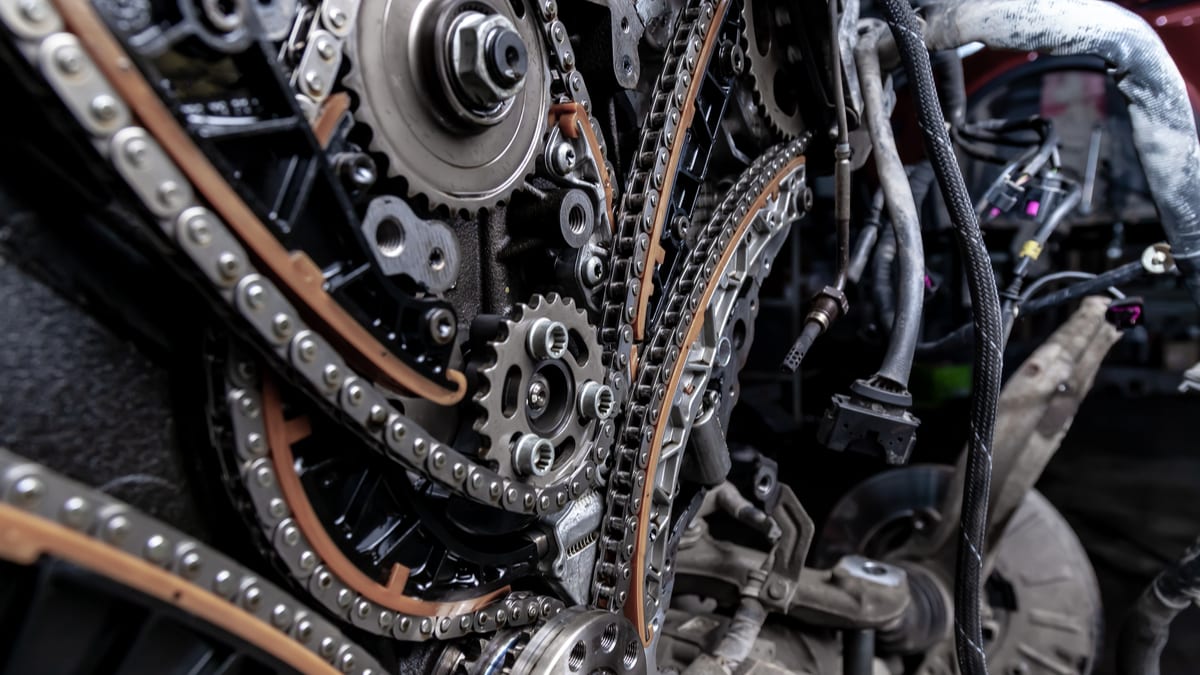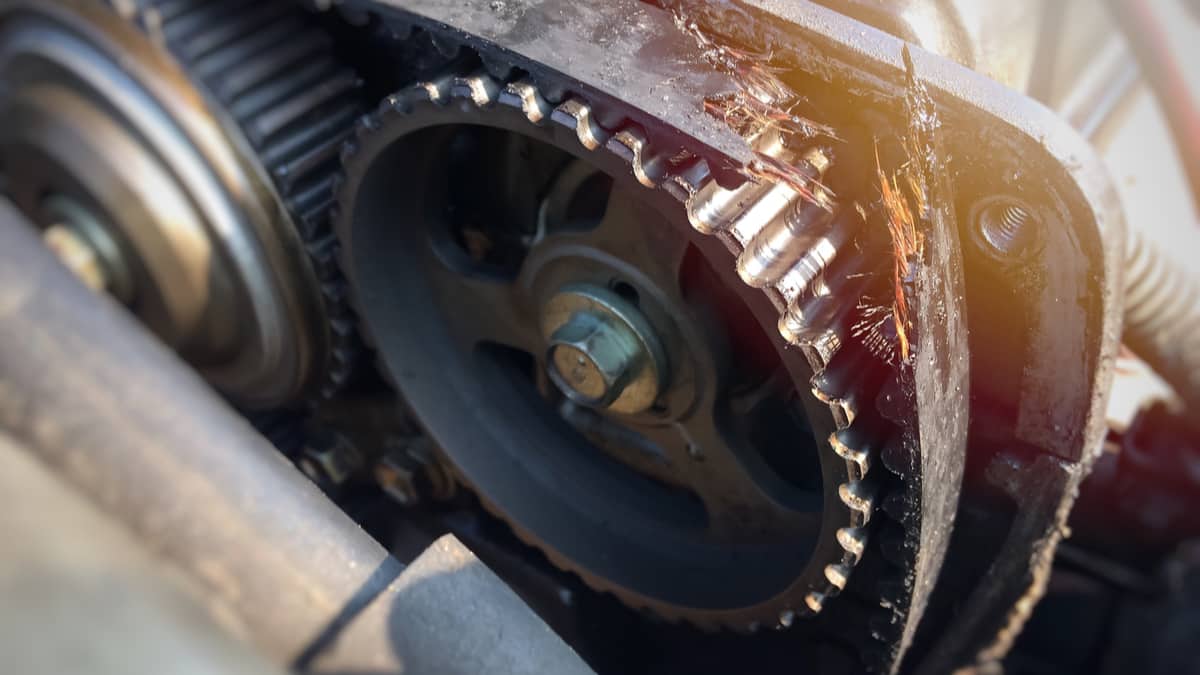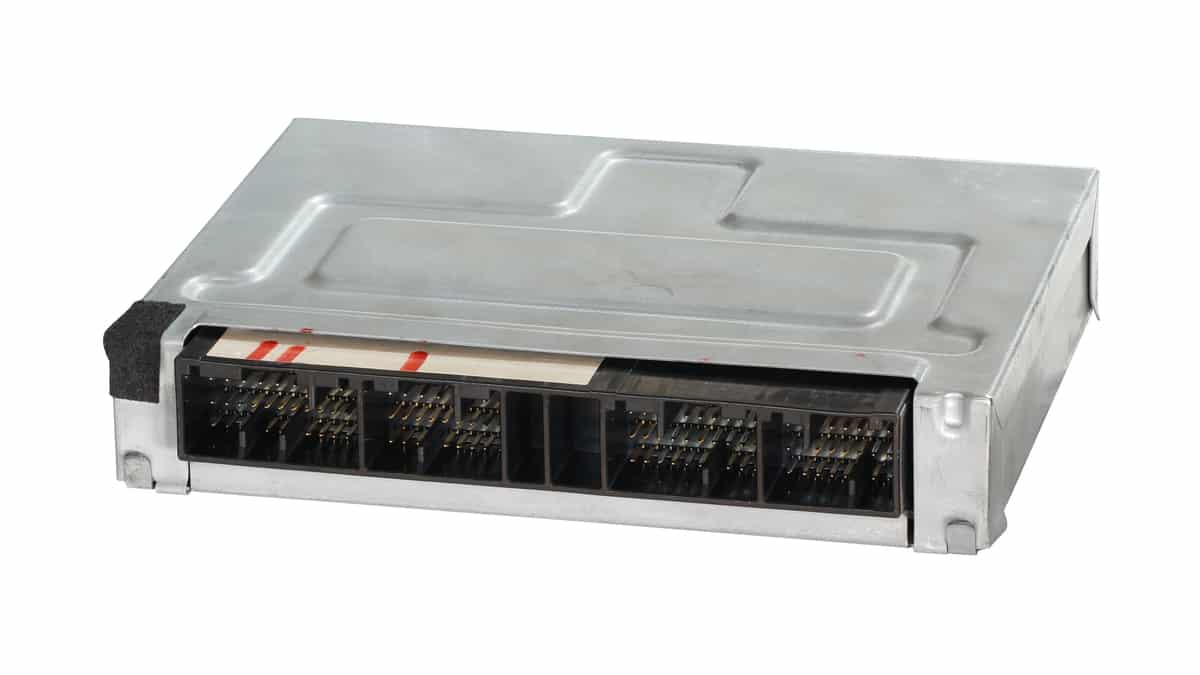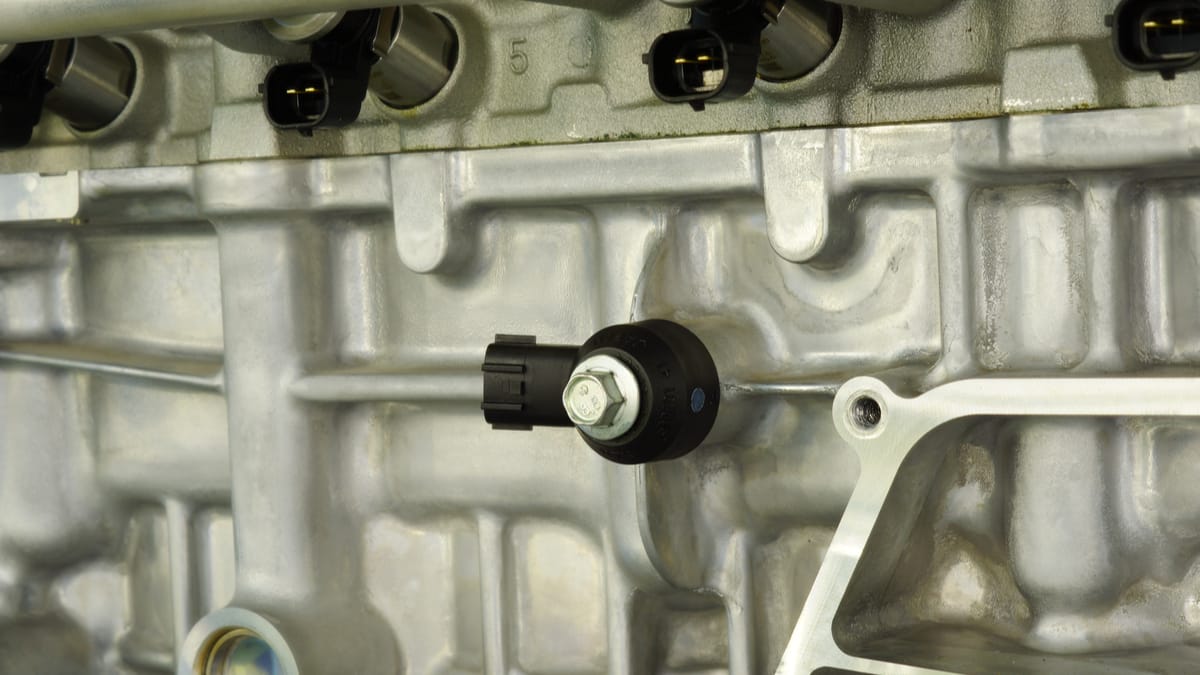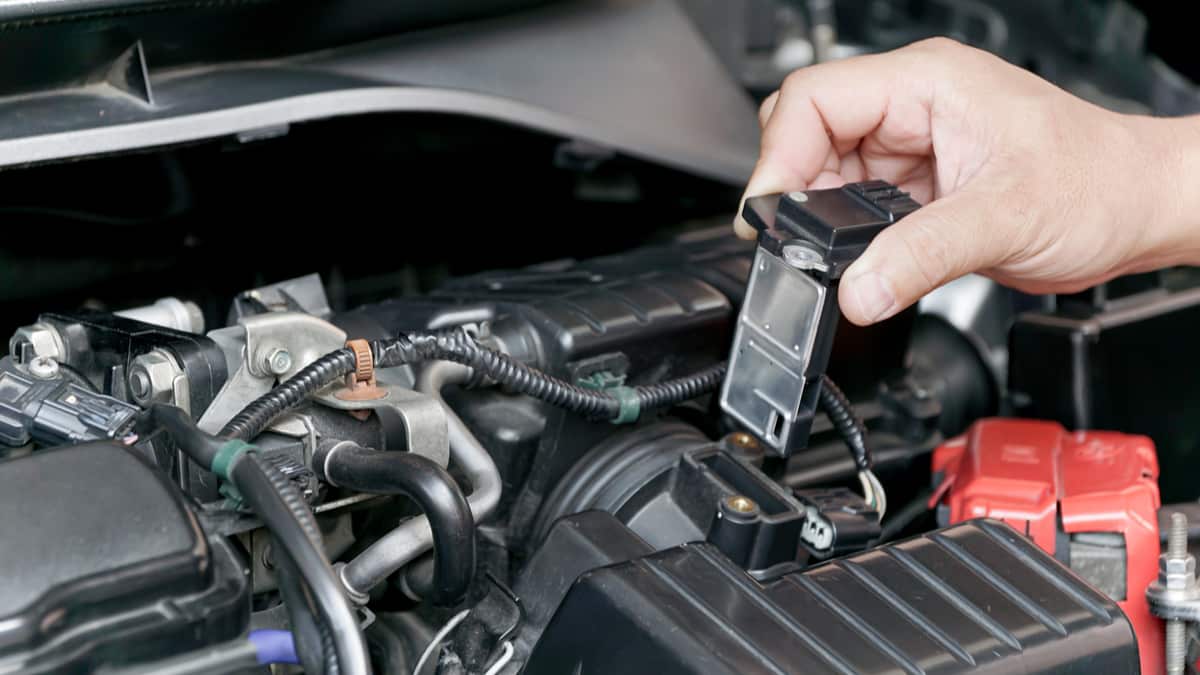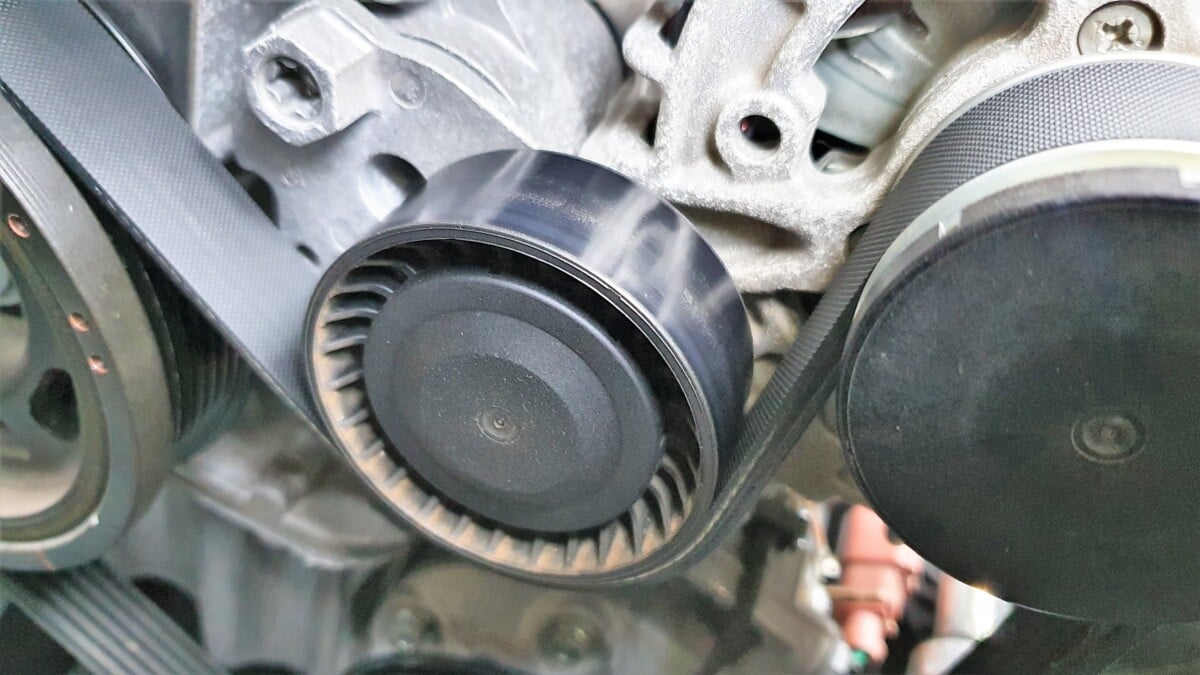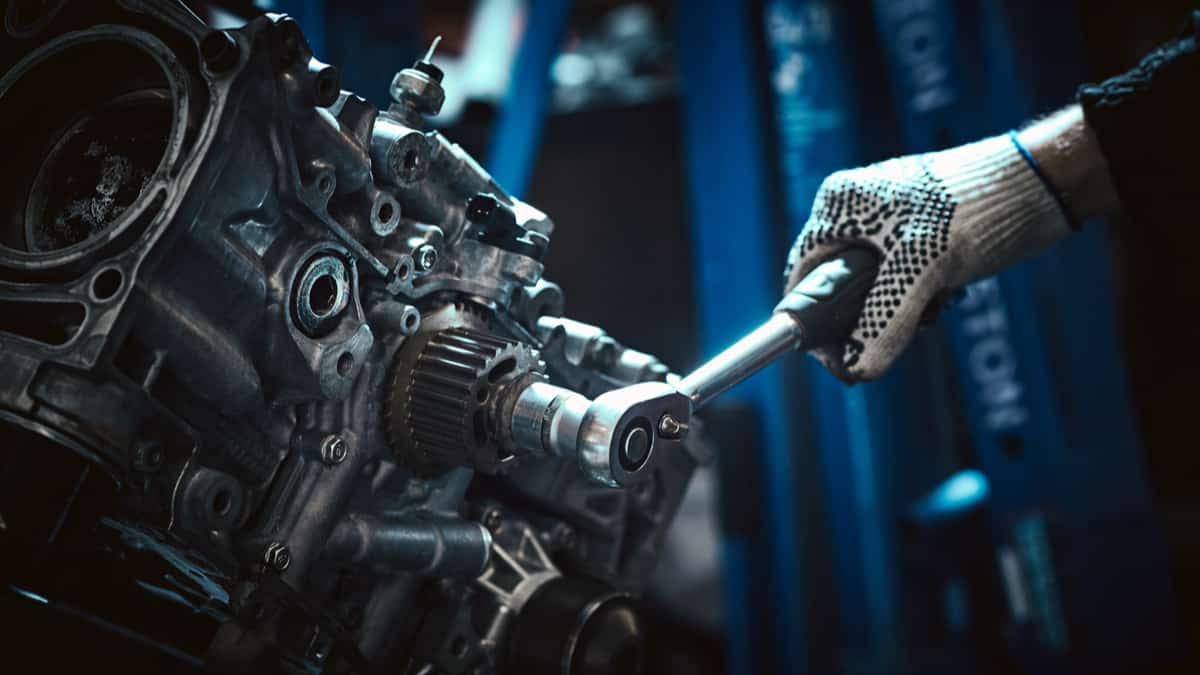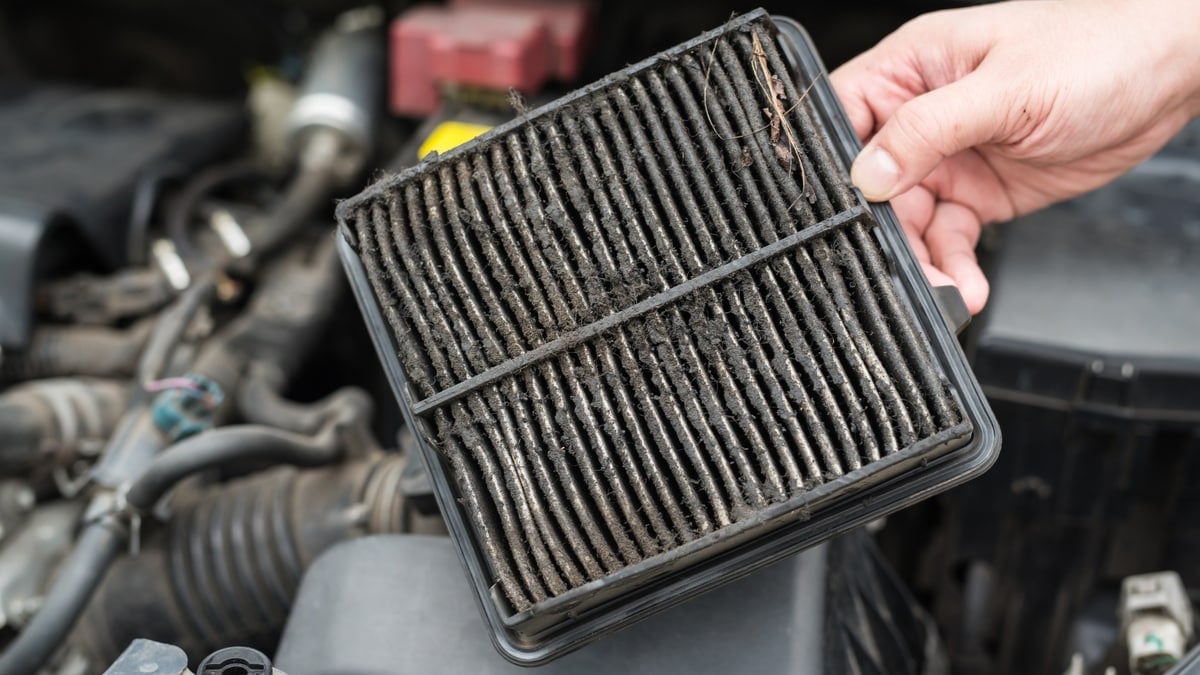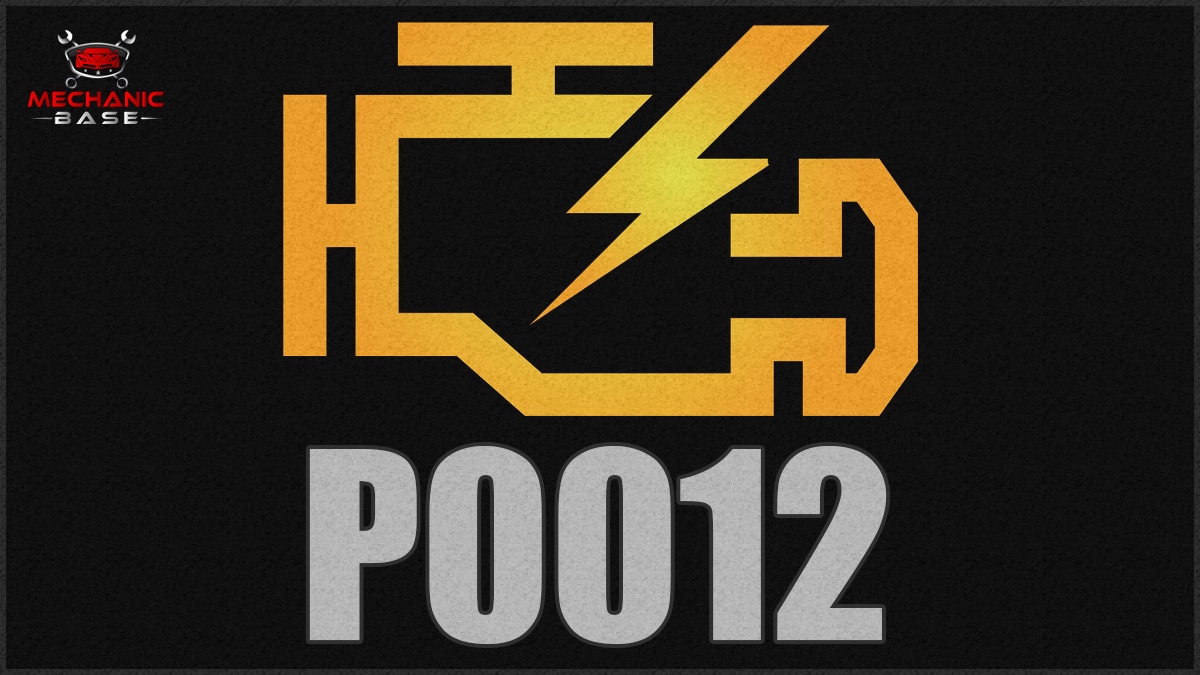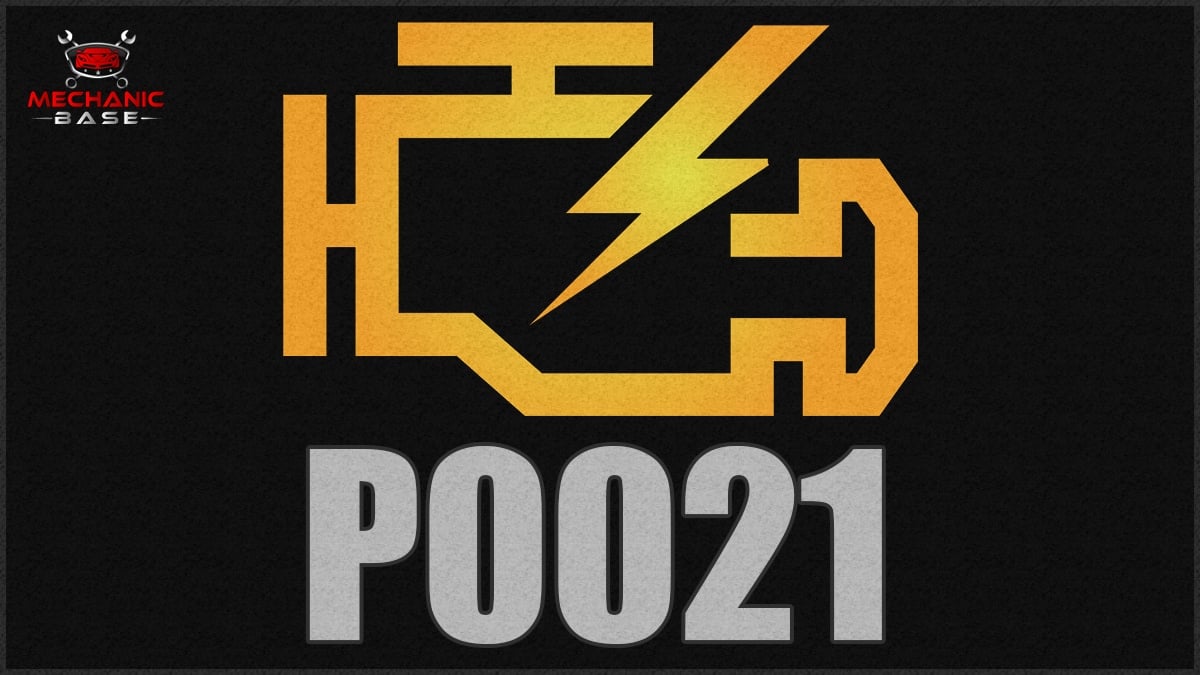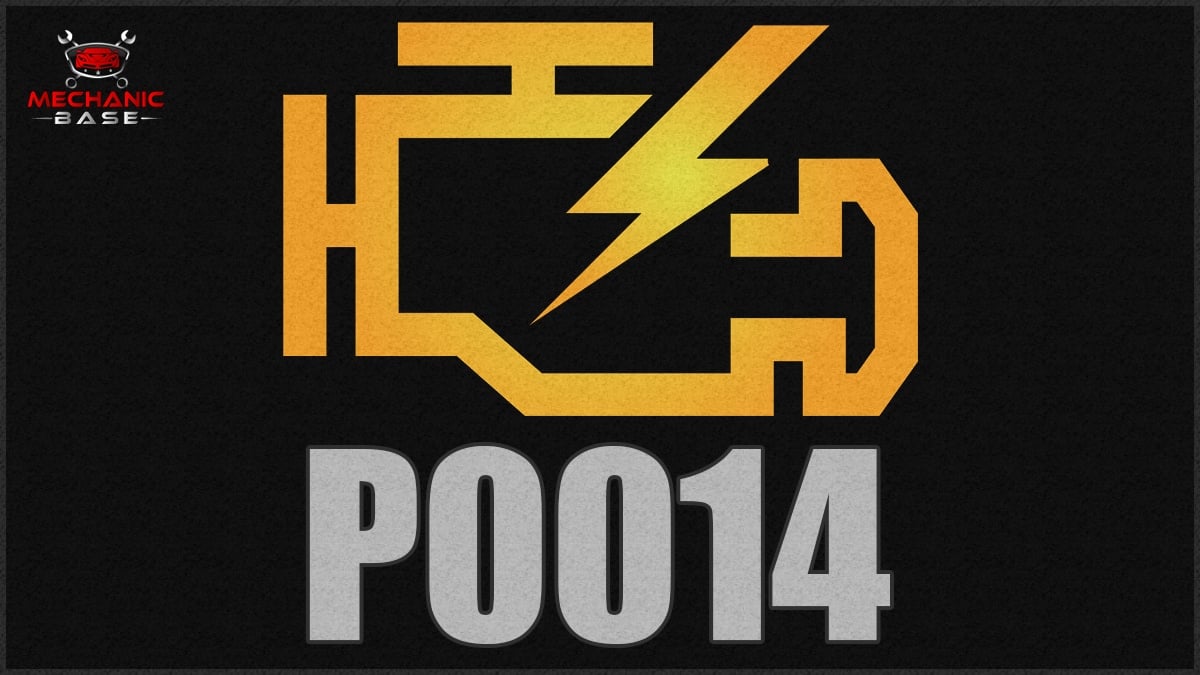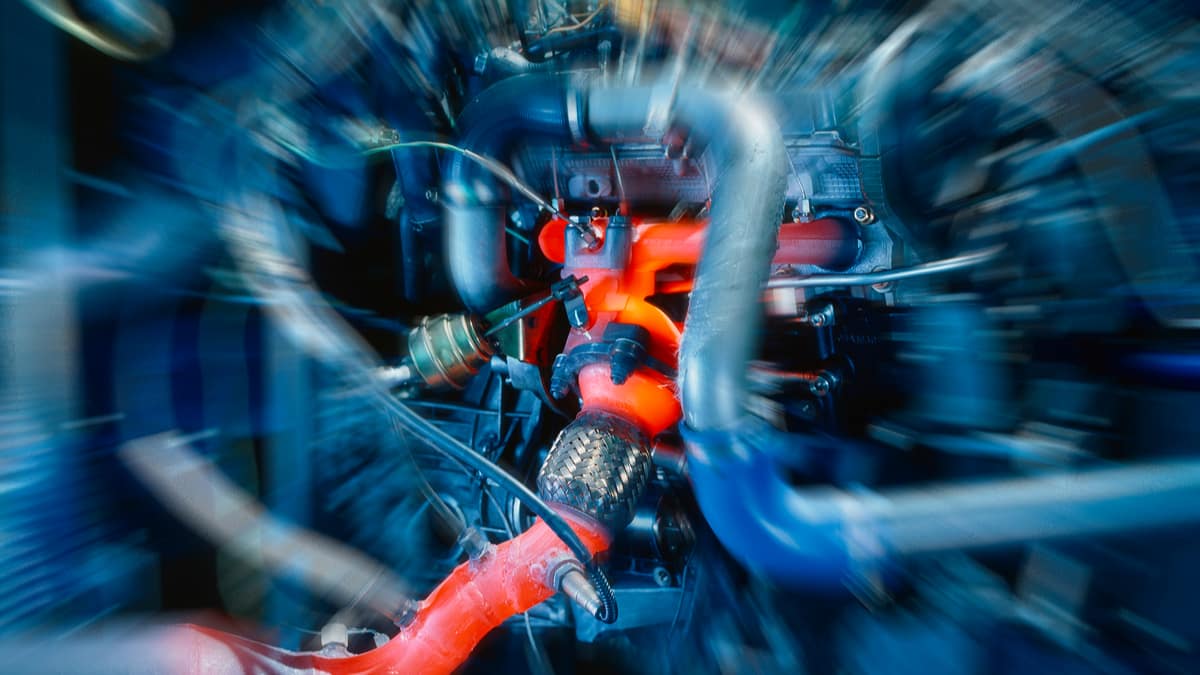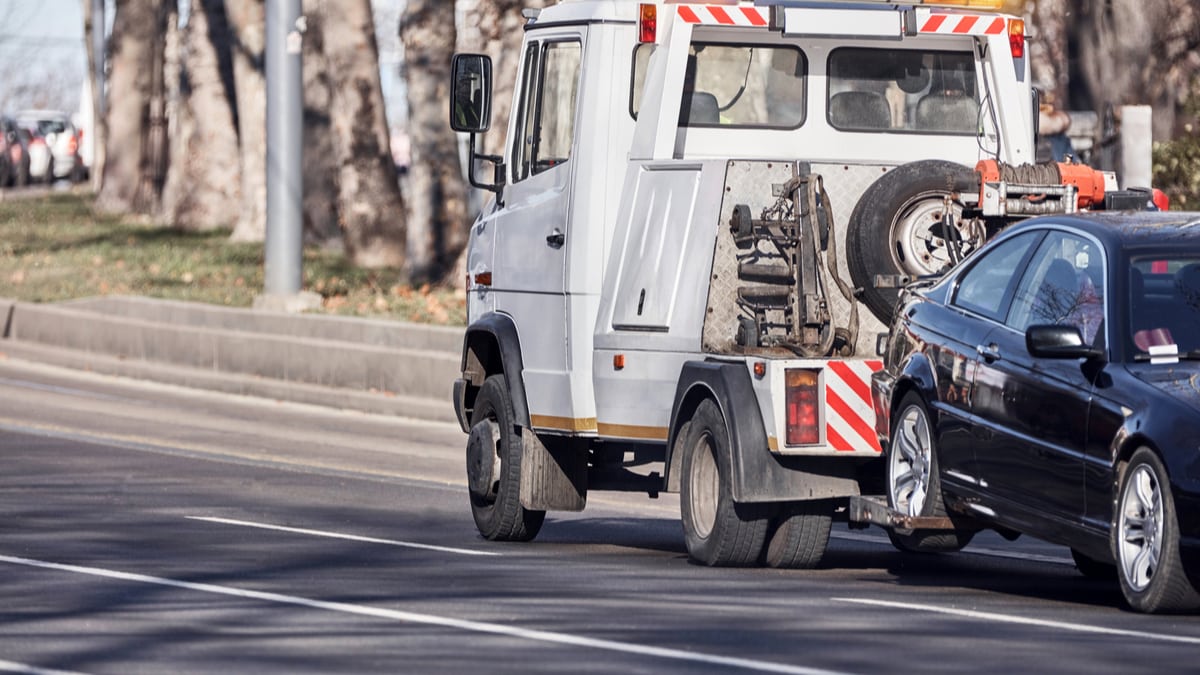It’s never fun to hear that you need to get the timing chain replaced in your vehicle. You know instantly that it’s not going to be a cheap repair, but just how much does it cost to get a timing chain replacement?
In this guide, I cover the factors that affect this repair cost. I also examine the timing belt more closely, and show you some symptoms you might notice when the timing chain goes bad. At the end of the article, I discuss whether it’s safe or not to continue driving with a bad timing chain.
How Much Does A Timing Chain Replacement Cost?
The average timing chain replacement may cost $1,500 to $4,000 if you visit a professional repair shop. If you have the skills, equipment, and expertise to replace it yourself, you may only spend $500 to $900 instead, but it’s not normally an easy fix for the average home mechanic.
Factors Affecting Timing Chain Replacement Cost
1. Make/Model of Car
While there are some newer models that have a timing chain, the majority of the vehicles are going to be older, mostly because timing chains often hold up quite long.
With this in mind, the type of vehicle you drive is going to have a big effect on how much you spend on the timing chain. Some brands have much lower prices for some reason. For example, Honda OEM timing chains are often cheaper than other brands in many cases.
However, you normally have the option to purchase an aftermarket chain kit, which could save you a little bit of money. Just keep in mind that some aftermarket parts are junk, so you want to research the quality before making the switch. A timing chain is something you don’t want to take any risks with, as it could result in total engine failure.
2. Labor Rate
While the timing chain is an expensive part to replace, the labor is going to make up a significant chunk of the bill. There are some engines that require removing a lot of parts to get the chain out. It must also align with all of the tensioners, timing gauges, and gears to work correctly.
Depending on where you live, you could have a hefty labor bill. If you live in the country, you might spend far less on labor than if you live in a busy city. Take the labor rate in your area and multiply by about four to eight hours to get an approximate cost.
Of course, if you can replace your own timing chain, you are going to save a lot of money. However, this isn’t a job that should be done by anyone without the experience required.
RELATED: Mechanic Labor Rates Per Hour
3. Additional Repairs Needed
In most car models, it is not just the timing chain that is replaced during the operation. Tensioners, gaskets, and many other parts are often replaced at the same time as the chain is replaced.
It doesn’t cost much more for the parts. Plus, the labor will be cheaper while the chain is already off. As an example, the chain tensioner is another part that tends to go bad. The symptoms of a bad timing chain are similar to that of a bad tensioner, so it’s important to get the right diagnosis before making any repairs.
What is a Timing Chain?
The timing chain is responsible for connecting the engine crankshaft and camshaft. It’s needed to ensure the right timing between the parts.
With a timing chain, the gears attached to the camshafts and crankshaft wouldn’t turn in unison with one another. In some vehicles, the timing chain can also run other vital components, giving it a dual purpose.
RELATED: Timing Chain vs. Timing Belt (Which Is Better?)
How Does the Timing Chain Work?
The timing chain is located on the motor, behind the timing cover. If you think of a bicycle chain, the timing chain isn’t much different, except it’s much thicker. This vital part is used to pair the camshaft timing gear with the crankshaft timing gear.
It’s held in place with a timing chain tensioner. With this tensioner, the chain won’t skip or jump. It gets held in place, so the crankshaft and camshaft gears can turn at the appropriate speeds.
Symptoms of a Bad Timing Chain
1. Grinding Noise
If your car’s pulleys start to make a grinding noise, it could be that the timing chain isn’t in place. When the timing chain becomes loose, it can start to grind.
It also occurs if the bearings go out or the pulleys fail. To figure out what’s causing the problem, you must do a complete inspection.
2. Engine Misfire
When the timing chain becomes loose, the camshaft and crankshaft are not aligned properly. This fault causes your engine to misfire. As the cylinder valves close at a different rate from what the engine needs, you are going to notice issues.
However, a misfiring engine is caused by lots of different issues, so you can’t just assume it’s the timing chain. It could also be from damaged valves, a bad spark plug or some other fault. When the engine misfires, you will probably also see a check engine light on your dashboard.
3. Difficulty Starting
If your vehicle’s engine doesn’t start, it could be due to a faulty timing chain. You also need to look at the ignition system, battery, and starter.
Still, don’t overlook the possibility that the timing belt has come loose. When this happens, the crankshaft and cam can’t synchronize, leading to an engine that won’t start.
4. Banging/Knocking/rattling noise
If you have a loose belt, it could bang or knock in the engine bay. The chain can bang into the pulleys or the chain cover.
However, this is only going to occur if the chain has become very loose. In comparison, a loose timing belt creates more of a slapping sound.
5. Reduced Fuel Economy
Whenever engine operations aren’t optimized, your car can use more fuel than normal. In general, you aren’t going to notice the drop in fuel economy unless you are paying close attention.
Additionally, the lack of power could become noticeable. To get your car going normally, you might need to push more aggressively on the pedal, which in turn, also uses more fuel.
Can I Drive with a Bad Timing Chain?
It’s not advisable to drive once the timing chain is damaged. If you even suspect that it could be going bad, you should inspect it right away. Depending on the damage, you might even prefer to have it towed to the nearest service center.
Otherwise, driving with a bad timing chain can lead to engine failure. If the valves and pistons collide because of the faulty timing, your motor could be destroyed. Instead of simply needing a new timing chain, you will be looking at a rebuilt or replaced engine, which is much more expensive to deal with.
Additionally, if the timing chain breaks completely, the engine won’t start. You will be forced to replace the timing chain before you can drive anywhere. That’s why I always recommend getting everything looked at, no matter how minor you believe the symptoms might be. It’s better to err on the side of caution and save yourself from future headaches.
